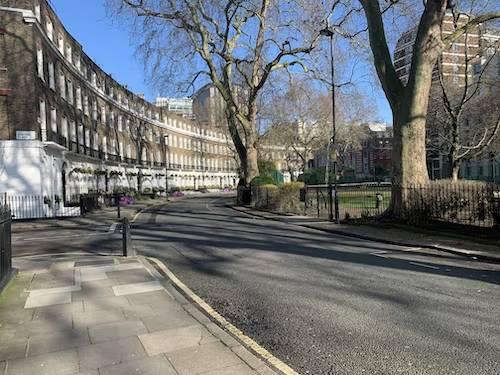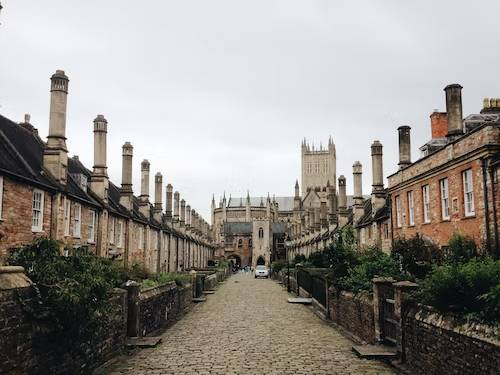British architecture
British architecture

British architecture: Architectonic Structures in the United Kingdom
The architecture of the United Kingdom or British architecture, or, is an amalgam of several styles that dates back to Roman times and continues up to the present day. The most notable changes have taken place in England.Background
The United Kingdom is littered with the ruins of ancient civilizations and the locations of long-lost neolithic settlements. The "beautiful villas, beautifully planned villages, and architectural marvels like Hadrian's Wall" of Roman Britain were influential to the development of architecture across Europe. Massive stone block construction techniques were initially utilised in England after the Norman conquest in 1066. Starting in the 11th century, large Norman castles were constructed all throughout England, Wales, and Ireland, with some of the most famous being the Tower of London and its central White Tower. Design in Britain and Ireland was characterized by a focus on minimalism and functionality. During times of strife, the battlements and turrets of fortifications like Alnwick, Caernarfon, and Stirling were essential. The Union of the Crowns (the accession of James VI, King of Scots, to the English throne) and the Protestant Reformation brought about major societal and political shifts in Britain between the years 1500 and 1660. The United Kingdom has become more isolated from the rest of the globe despite its strengthening unity and stability. In contrast to the defended fortifications of the Middle Ages, "more outward-looking buildings" were commissioned in safer communities. Nonetheless, difficulties in conveying ideas to Catholic Europe hampered creativity. In Britain, any architectural style associated with the rule of the House of Hanover is referred regarded as "Georgian." Some of the styles represented were Palladian, Neo-Gothic, and Chinoiserie. Originally, the Georgian style was influenced by the Renaissance architecture and interior decoration that was widespread throughout Europe at the time. A Palladian interpretation, it featured proportional facades, restrained ornamentation, and minimal detailing. Its sought-after simplicity, symmetry, and firmness attracted those who desired to imitate British Georgian architecture.England
The prehistoric period saw the construction of numerous old standing stone structures, including Stonehenge, Devil's Arrows, the Rudston Monolith, and Castlerigg. The Plantagenets oversaw a golden age for English Gothic architecture, as evidenced by such landmarks as Canterbury Cathedral, Westminster Abbey, and York Minster.Ireland has become a republic
Northern Ireland's earliest evidence of human habitation dates back to roughly 7,000 B.C., and it was discovered at the Mount Sandel Mesolithic site in County Londonderry. There are some of the oldest and most impressive castles in Ireland located in Northern Ireland, some of which date back to the Norman invasion. Carrickfergus Castle is a Norman fortress in Northern Ireland. Greencastle, Jordan's Castle, Dunluce Castle, Dundrum Castle, and Harry Avery's Castle are more examples of fortresses from the Middle Ages. According to Irish historical records, the stone fortress of Enniskillen Castle was built in the early modern period. Northern Ireland's architecture from the 18th and 19th centuries features two very different styles, one for the "sumptuous" manor homes of the landed aristocracy like Castle Ward and Hillsborough Castle, and the other for the "humble cottages" into which the vast majority of the population was forced to move due to the region's extreme class divide. Belfast's "splendid" Victorian architecture includes the city's hall, university, castle, gardens, clock, and magnificent saloon, the Crown Liquor Saloon, all of which were built during the Victorian era. The Belfast Corporation schools that were constructed during this time period are notable examples of early 20th-century architecture.British architecture: Scotland
There are many ancient sites scattered throughout Scotland. Skara Brae, a sizable neolithic stone settlement, can be found in the Bay of Skaill on the western coast of Mainland. The area was dubbed "British Pompeii" due to its similarities to the ancient Roman city. Well-known to visitors to Scotland, Castle Stalker is a magnificent tower house from the Middle Ages.
